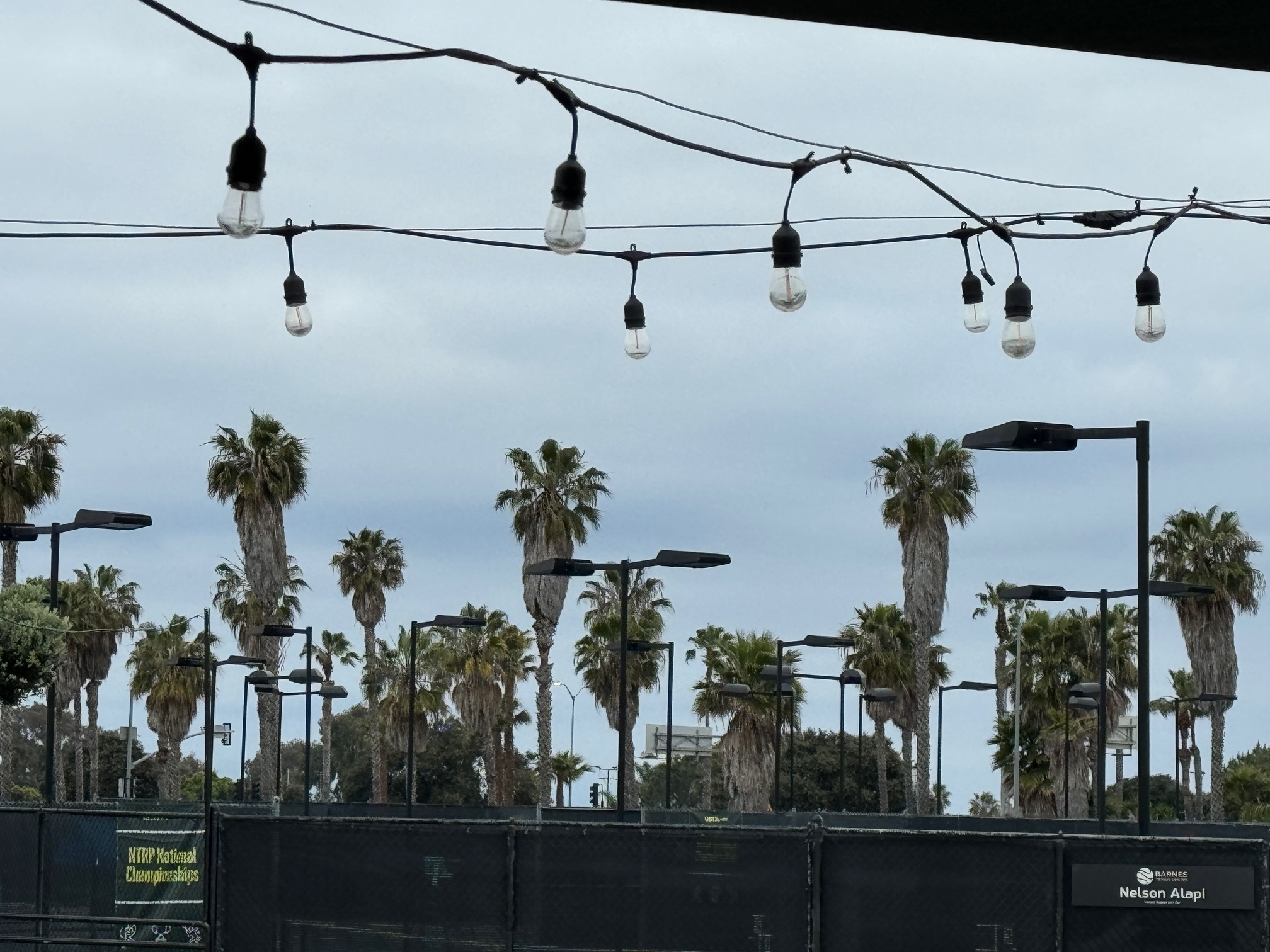When the score reaches deuce in a No-Ad game, the receiving team/player gets to select the service court of the deciding point with the exception of mixed, where the receiving court is dictated by rule. The vocabulary of tennis kind of breaks down in this situation. The best way to succinctly state the rule is that the deciding point will be played to either the deuce or the ad court. This glosses over the technicality that there is actually no such thing as deuce court or ad court in this format. Both courts are a potential deuce court and the ad court is non-existent. In other words, No-Ad.
The methods that the receiving team will use to make this decision are fairly obvious. The receiving player/team should consider strength of return from both sides and select on that basis if a differential exists. It is also a good idea to go with the “hot hand” in doubles. I personally am not above selecting the court which has been the target of a double fault while loudly announcing the rationale for the decision. The selection is a strategic part of the game, but the vocalization is underhanded “gamesmanship.” Probably I shouldn’t do that.
As stated in the opening, in mixed doubles the deciding point is dictated by rule, and will always be served to the receiver who is the same gender as the server. This is an equalizer that makes it a little bit easier for the women to hold serve. It also increases the possibility that a point that involves more than just a serve and return will be played, which is what I think is desired by the proponents of No-Ad who claim the system creates more “exciting” points.
For some bizarre reason, there is a rule in Appendix V prohibiting the receiving team from changing sides for the deuce point. It simply never would have occurred to me that it was even a possibility. This stipulation is made in the main body of the rule rather than in a comment, so perhaps this is a feature that was codified in from the inception rather than based on an incident arising from creative rule interpretation.
Before launching into this project, I was unaware that there is a rule that once the receiving team makes a decision on service court, that decision cannot be modified. I can see this arising if the serving team lines up in an unusual or unexpected formation prompting the receiving team to want to make a change. This would also prevent the receiving team from “icing” the server by toggling the selection of service court.
While speculating about the scenarios surrounding an immediate decision reversal is fun, I think the rule is actually targeted toward lets that occur during a point. I don’t think I have ever experienced someone wanting to swap courts after a let during a no-ad deuce point, but then again I was not sensitized to the existence of the rule. I can definitely see some times when a receiving team might want to make a change. For example, if the receiver was involved in an unusually long point before the let transpired and was too gassed to play another immediate point. The fiendish part of myself would observe that a protracted argument about the rule could also be leveraged as a delaying tactic to give a player a break.
Looking into my crystal ball, I know that if this ever arises in one of my matches that I will obnoxiously indicate that swapping courts after a let is prohibited. This will most certainly include the detail that the rule can be found in Appendix V, USTA Comment V.1. Reaching the point of realization that I will emerge from this project with the ability to cite section and verse from the Friend at Court is both a sobering and appealing proposition. It fuels my tennis nerd psyche.
- United States Tennis Association (2020) Friend at Court. White Plains, NY



